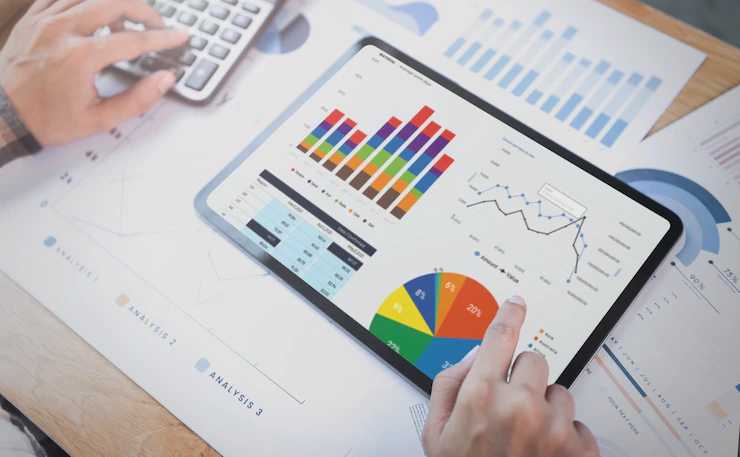What is a Small Business Financial Plan & How Can it Help your Business?
3 Mins Read
Published on: 24 June 2022
Last Updated on: 09 November 2024

toc impalement
If you created a business plan when starting up your business, you would have had to include a financial plan if you applied for financing or funding. But your small business needs a financial plan for a lot more than applying for a loan or a grant.
Businesses rely on financial plans to assess the financial health and performance of their businesses and to plan for the future based on the financial data they contain. In fact, businesses constantly revisit and revise their financial plans as needed.
Considering the importance of having the right data and analysis of your business’s financials, it only makes sense to consult accounting services for your small business to either prepare or review your financial plan.
Keep reading to learn more about small business financial plans and why they are critical for success.
What is a Financial Plan?
A financial plan is a set of financial statements and calculations and business strategies and projections based on the financial data.

What Should Be Included in a Financial Plan?
Depending on what type of industry you’re in and how you operate your business, you will use the financial statements that make the most sense. The ones below, however, are fairly commonly found in most financial plans.
Overview:
- Income Statement
- Cash Flow Statement
- Operating Income
- Net Income
- Balance Sheet
- Sales & Revenue Projections
1. Income Statement
Also known as a Profit & Loss Statement, an Income Statement shows the amounts and sources of all of your small business’s revenues and expenses.

In an income statement, you subtract your expenses from your revenues to calculate your gross margin.
You can simply use an editable Google Sheets Profit and Loss template that automates all the necessary calculations.
2. Cash Flow Statement
Whether your business uses the cash or accrual method of accounting, a cash flow statement is simply looking at all the transactions in a period of time (usually a month) and calculating whether you received more money than you paid out or vice versa.

3. Operating Income
To calculate your operating income (aka gross income), you subtract your operating expenses you’re your gross margin. The resulting number is also referred to as your earnings before interest, taxes, and amortization (EBITDA.)

4. Net Income
To find out your net income, you simply take the next step and subtract interest, taxes, depreciation, and amortization from your operating income.

Your net income is your profit, and if your small business isn’t currently profitable, by the time you’ve reached this calculation, you should know how long it will take before you are.
5. Balance Sheet
A balance sheet gives you how your business is performing at a particular point in time. It lists all of the business’s assets, liabilities, and equity (e.g., shares, stock proceeds, net earnings, owner’s equity, etc.) and ensures that the assets equal the liabilities and equity.

6. Sales & Revenue Projections
Now that you have hard data, your sales and revenue projections should be more accurate, which, in turn, makes your inventory planning and future cash flow projections more accurate as well.

Revisit and Evaluate
As with all plans and strategies, assessing the performance of the strategies and decisions made based on the financial statements in the financial plan is critical for your small business’s success. These assessments should be scheduled at regular intervals as part of your operations.
Additionals:


















Comments Are Closed For This Article